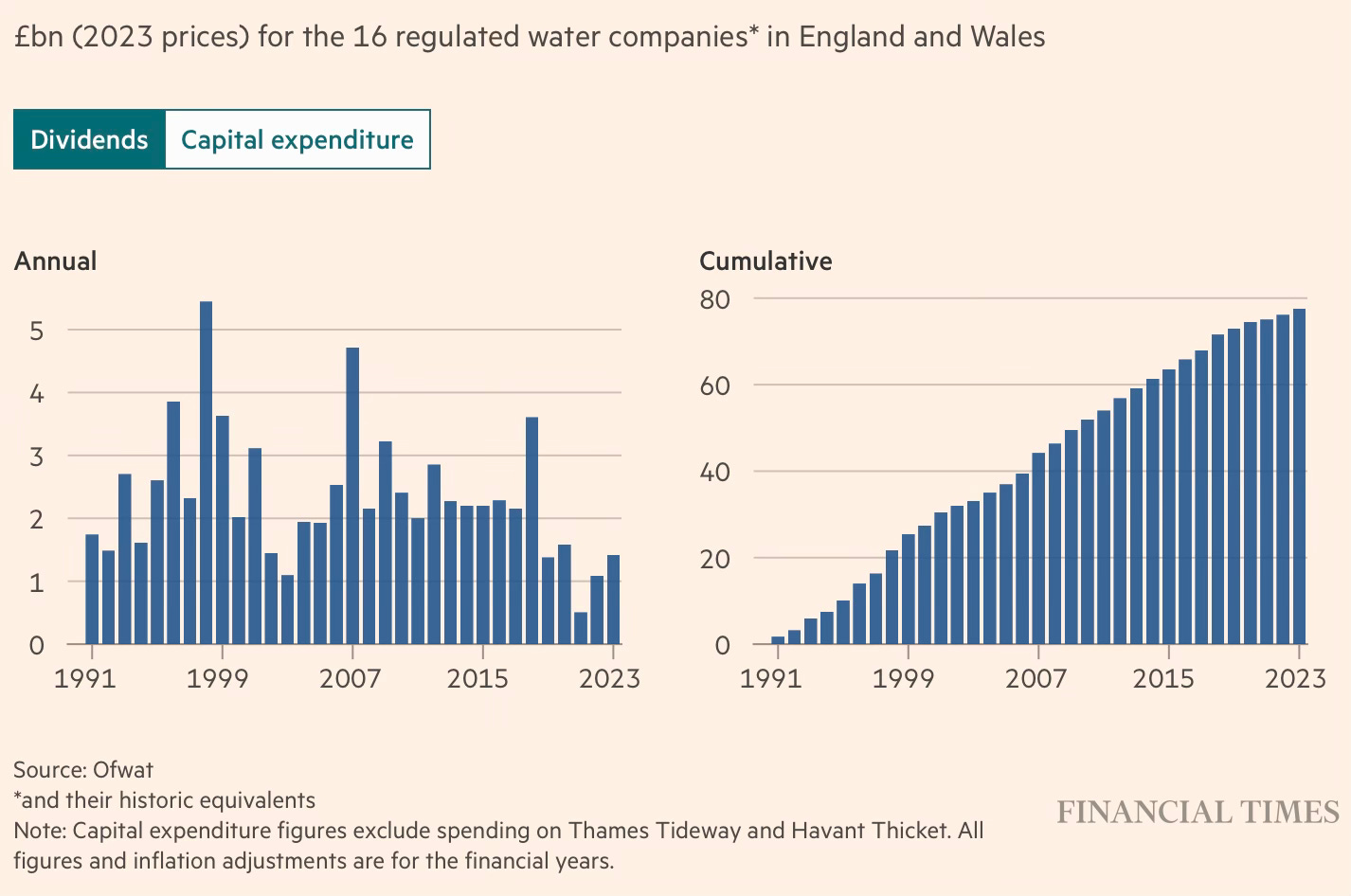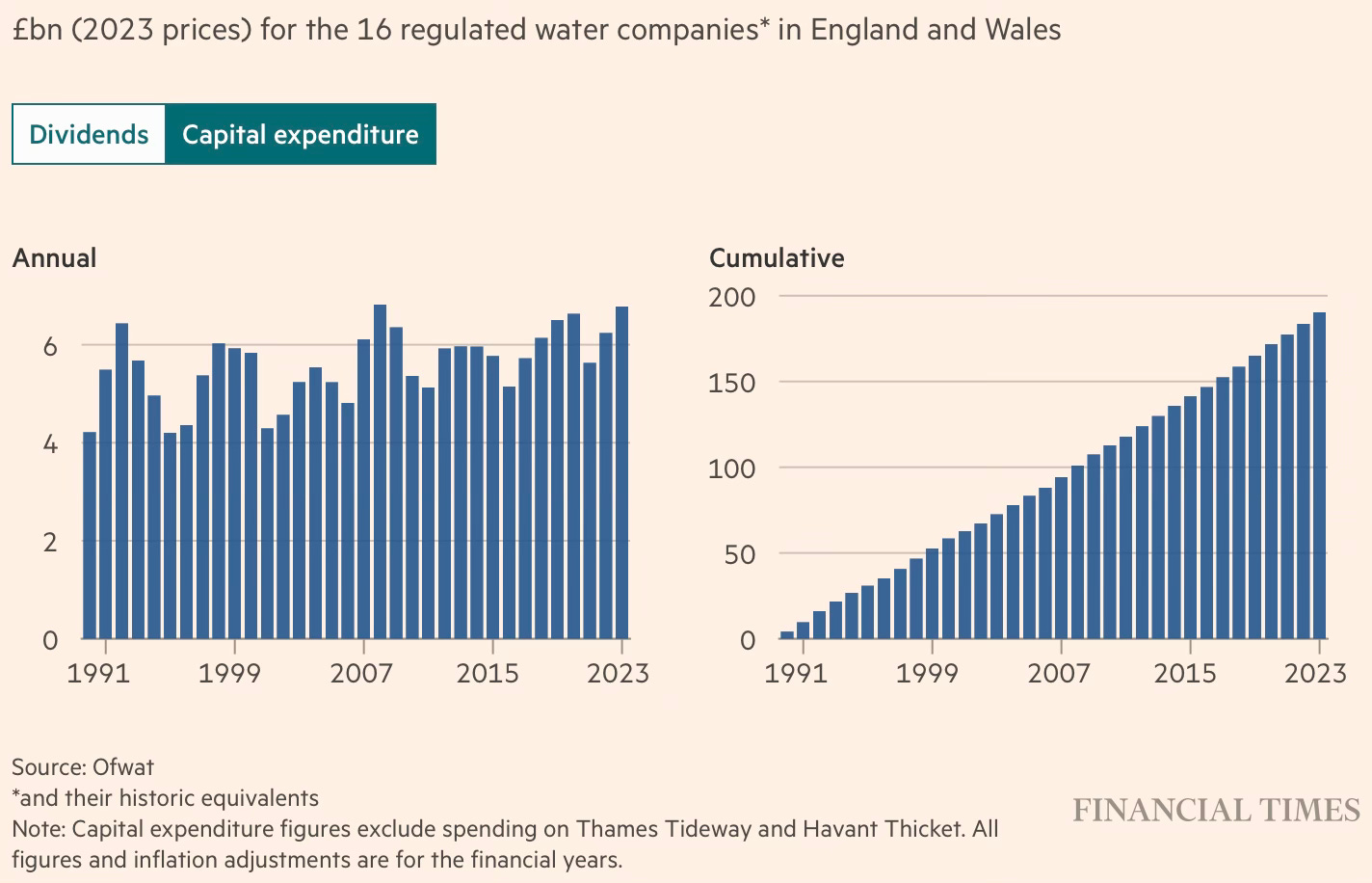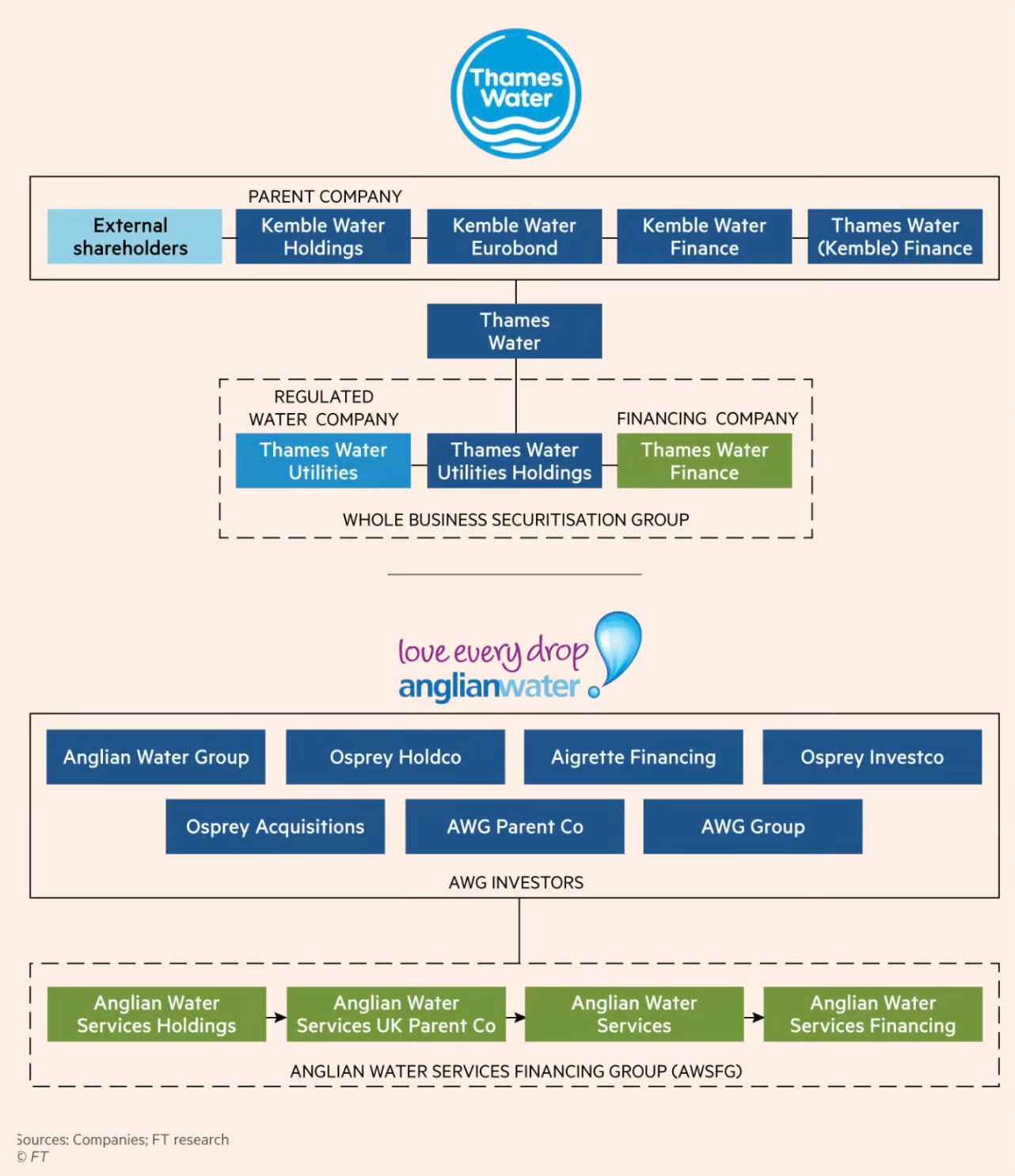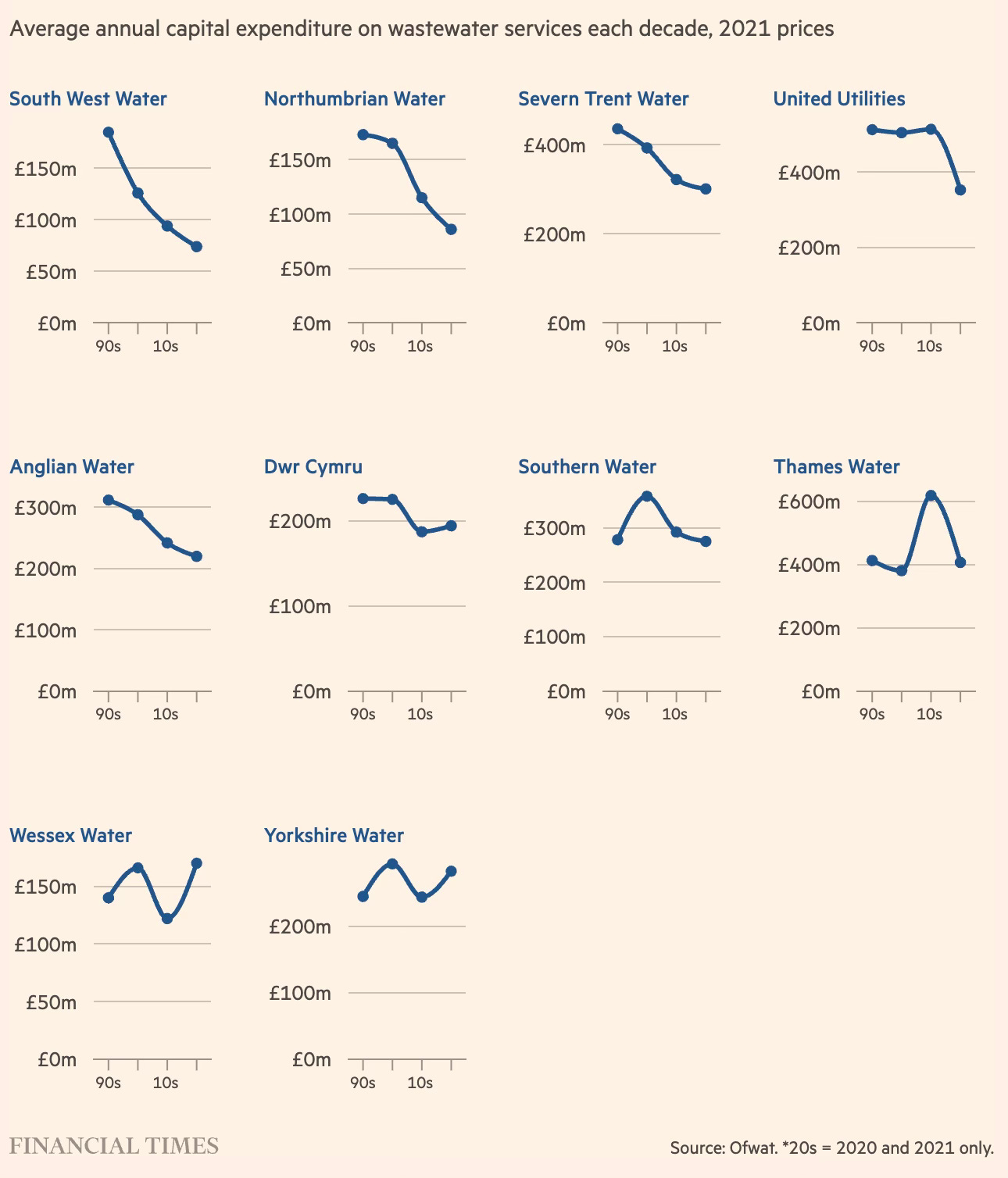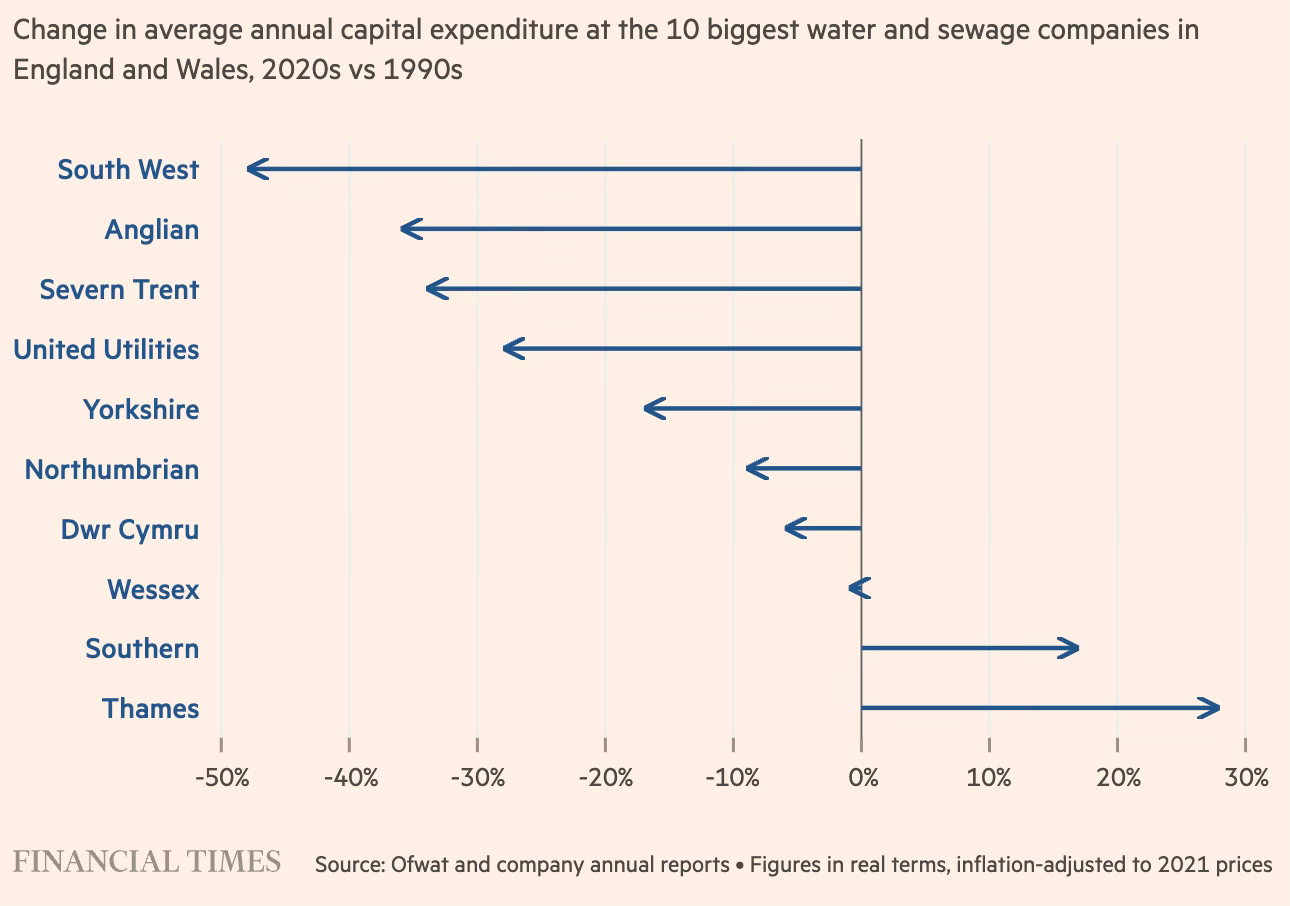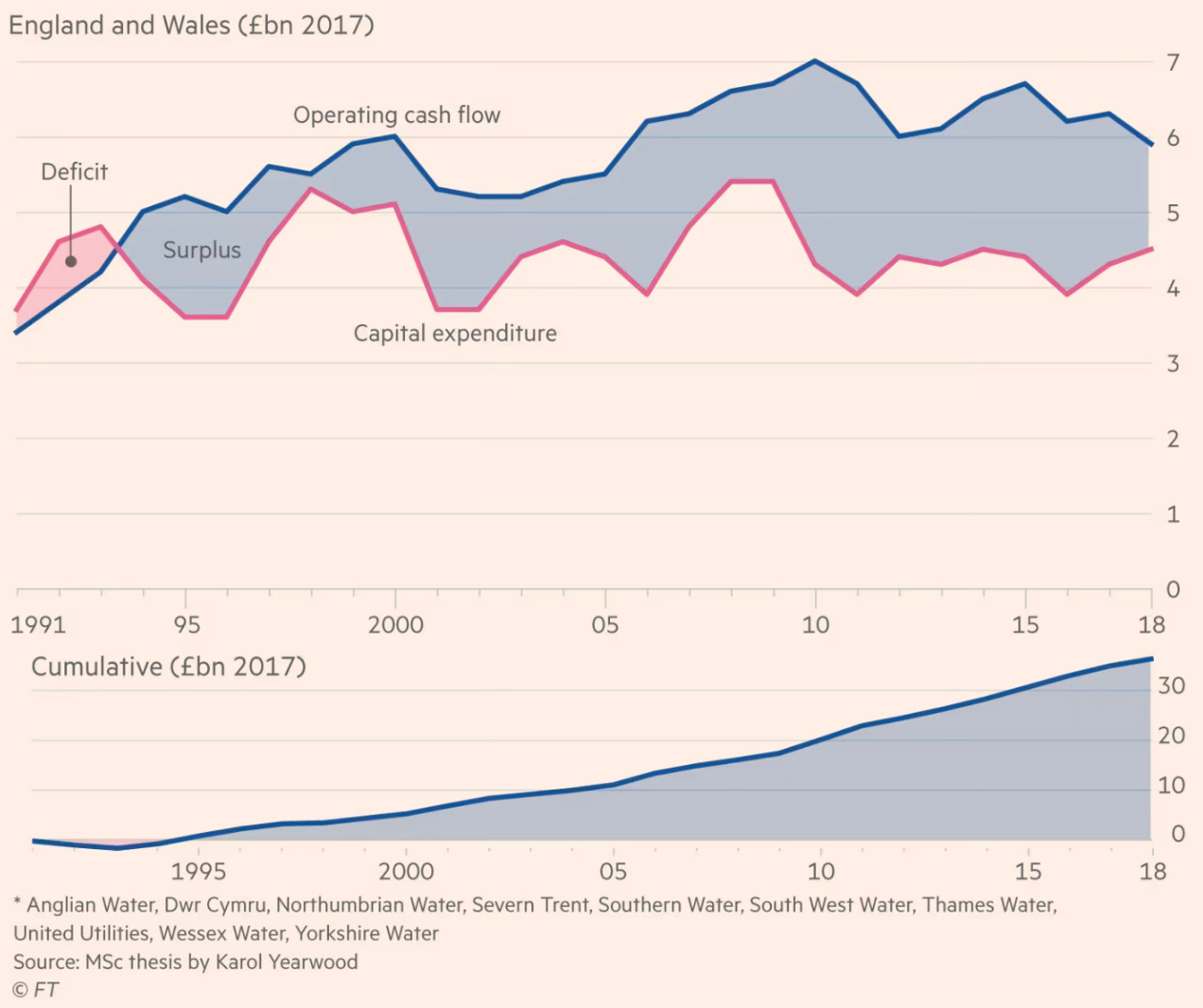Kalundborg knows the benefits and risks of pinning the town’s fortunes to one company. A shipyard briefly dominated the town’s economy early last century, but was decimated during the Great Depression. In the 1960s, Kalundborg thrived as the manufacturing site for Carmen Curlers, which pioneered electric hot hair curlers, causing a sensation in the United States. Then the company was sold to the American firm Clairol, fashions changed, thousands were laid off and the plant eventually closed in 1990... Educational opportunities are already undergoing a transformative change. For years, high school graduates left town to continue their education, and Novo Nordisk struggled to retain scientists and other employees with advanced training. Now, three universities offer courses in biotechnology and related subjects in town, with more institutions arriving soon. The Novo Nordisk Foundation also finances the Helix Lab, where graduate students complete their master’s thesis working with local companies, including Novo Nordisk... Recently, Kalundborg has been able to sell plots of land it had previously been struggling to shift to private developers. And there is talk of opening an international school to teach children in English to accommodate the drugmaker’s increasingly international work force.
The impact on the Danish economy has been no less significant.
Novo Nordisk is already reshaping Denmark’s economy. The country’s economy grew 1.9 percent last year, among the fastest in Europe and all thanks to the pharmaceutical industry, led by Novo Nordisk. Without it, the economy would have stagnated. Nearly all of Novo Nordisk’s revenue is earned overseas, more than half in the United States alone... The company is the largest corporate taxpayer in Denmark. Last year it paid about 15 percent of the country’s entire corporate tax intake, more than other big Danish companies like the brewer Carlsberg, the toy company Lego and the shipping firm Maersk... (But) Novo Nordisk’s employees represent just 1 percent of the Danish work force — though it did account for 20 percent of the jobs added last year. Some of the corporate taxes that Novo Nordisk pays return to the communities where the company operates. Gladsaxe, the municipality on the edge of Copenhagen that includes Bagsvaerd, the home of Novo Nordisk’s headquarters, is investing in day care centers and new sports facilities, and is building a light rail transit system with other regions outside the capital.
The company's spectacular growth (the 100 year-old company's revenue grew by over 30% in 2023 to $33 bn, and its market value exceeded $555 bn) has created challenges for itself.
For most of its 100 years Novo Nordisk has been focused on the steady business of treating diabetes, one of the world’s most prevalent chronic diseases. Even today, it produces half the world’s insulin. But the development of Ozempic and Wegovy has led to a bigger and bolder ambition to “defeat serious chronic diseases.” That includes treating, and even preventing, obesity, which is linked to other health issues like heart and kidney diseases. By pursuing a much larger target than diabetes, the company expects to unlock the door to a multibillion-dollar market with nearly a billion potential patients. In the United States alone, more than 40 percent of adults are obese...But in all the tumult, there is something executives are trying to hold on to: the company’s longstanding values, codified in the “Novo Nordisk Way.” Those principles, which include having a “patient-centered business approach,” have helped earn the company a good reputation at home, where it’s considered a place where people are proud to work. But these guideposts are facing pressure as tens of thousands of new employees are hired, lawmakers denounce the drugmaker for its high prices and counterfeit versions of its products make people sick... The heart of the growth is semaglutide, Novo Nordisk’s synthetic version of a hormone known as glucagon-like peptide 1, or GLP-1, which helps the body regulate blood sugar levels. The patent developed by the company also proved remarkably effective for weight loss. It causes people to feel fuller when they eat and reduces cravings...
Ozempic, the brand name for semaglutide, a weekly injection for Type 2 diabetes patients, has been around for more than six years. But in the last couple of years, there was an explosion in popularity, helped along by heavy advertising, social media videos and intrigue over celebrity use... As Ozempic began to take off, Novo Nordisk pushed ahead with Wegovy, which is semaglutide marketed specifically for weight loss... Novo Nordisk leads the pack in obesity treatment, but it now has strong competition from Eli Lilly, which sells a similar drug under the brand names Mounjaro, for diabetes, and Zepbound, for weight loss. Other pharmaceutical companies are clambering to catch up.
2. How do rich and poor countries reduce their debt?
At the end of last year, futures markets had priced in six interest rate cuts for the US in 2024. As stubborn inflation data kept coming in over the first quarter, traders began to slowly align with the US Federal Reserve’s forecast for just three. But, over the past two weeks, those still expecting several cuts this year have started to look like stubborn contrarians. A third above-expectation reading for US consumer price index inflation in March was the final straw. Traders repriced to between one and two rate cuts this year — although zero is an increasingly popular punt too.
The broad measure of money supply known as M2, which includes cash held in money market accounts and bank deposits, as well as other forms of savings, is still well above its pre-pandemic trend. In Europe and the UK, where monetary stimulus was less aggressive, M2 has fallen back below trend. This liquidity hangover has countered Fed interest rate hikes and helps explain the current behaviour of asset prices. Corporate earnings are up, on strong GDP growth, but prices for stocks — not to mention bitcoin, gold and much else — have been rising even faster. This odd combination — higher stock valuations despite higher rates — has not happened in any period of Fed tightening going back to the late 1950s. A similar levitation act is visible in the US housing market; despite higher mortgages rates, prices have risen steadily and faster than in other developed nations. Since 2020, the total net worth of US households has risen by nearly $40tn to $157tn, driven by home and stock prices. For the better off, this “wealth effect” is a happy turn. More Americans plan to vacation abroad this summer than at any time since records begin in the 1960s. For the less well off, who summer locally, do not own a home and tend to be younger, these conditions are less felicitous.
He feels that with both consumer and asset prices elevated and money supply still high, there's limited room for the Fed to cut rates immediately.
5. In another shot at anti-competitive practices, the US FTC has voted to ban non-compete agreements by employers that restrict employees freedom to change jobs.
The FTC said approximately 30mn workers are subject to such contracts, which prohibit employees from working for a competitor or setting up a competing business for a period of time or within a geographical area after they leave a job. “Non-compete clauses keep wages low, suppress new ideas, and rob the American economy of dynamism, including from the more than 8,500 new start-ups that would be created a year once non-competes are banned,” said Lina Khan, FTC chair. Non-competes constituted “unfair methods of competition”, she added. The FTC estimated the new rule will raise an average worker’s earnings by $524 a year... The US Chamber of Commerce announced it would sue the regulator, arguing the agency lacked constitutional and statutory authority to enact the rule, calling it a “blatant power grab” that “sets a dangerous precedent for government micromanagement of business”.
The non-compete clauses cover a vast variety of jobs that include TV news producers, hairdressers, corporate executives, and computer engineers. Non-compete clauses covering senior executives are not covered by this order. This decision is certain to be challenged in courts, with the US Chamber of Commerce vowing to sue the FTC. The Times writes.
Workers in finance and professional services are the most likely to have noncompete contracts, at a rate of nearly 20 percent. Studies have shown that noncompetes suppress wages because switching jobs is the most efficient way workers can increase how much they make.
6. FT has a long read that discusses the discontent in South Africa at the legacy of Nelson Mandela. The crux of the argument is that while Mandela's leadership gave the black majority political freedom, his compromises with the white minority ended up depriving them of economic freedom.
ANC was too timid from the outset in pursuing a more progressive economic agenda. Instead, Mandela’s government adopted the neoliberal orthodoxy of the times... Enacting a self-imposed structural adjustment of the sort favoured by the Washington consensus, it reduced tariffs, cut fiscal deficits and ran a hawkish monetary policy that persists to this day. “We wanted to outdo the neoliberals,” says Msimang, adding that a desire to prove a Black government could govern responsibly led the ANC mistakenly to “out World Bank the World Bank”. One result of that shock therapy, say some economists, was to expose the previously protected manufacturing base to outside competition too quickly, nearly halving manufacturing as a share of output from 21 per cent to 12 per cent in the 20 years after the ANC took power. When the commodity supercycle ended and the global financial crisis hit in 2008, growth rates plummeted with an inevitable knock-on effect on living standards...
The re-evaluation of Mandela’s legacy from across South Africa’s political spectrum has been accompanied by a revival of appreciation for Winnie, who was put in solitary confinement, tortured and sent to a remote internal exile by the apartheid authorities. “She bore the brunt of the apartheid regime’s attacks on Black people,” says Jonny Steinberg, author of Winnie & Nelson, a book that re-examines their dual legacy. “She said, ‘I was physically engaged with the enemy because my body was being battered while you [Nelson] were wrapped in a cocoon.’ Her story was that he negotiated away his people’s future because he was no longer truly a Black person, he’d been turned into somebody else inside prison, whereas she was the embodiment of people’s suffering.”... Winnie’s death in 2018 sparked a resurgence in her reputation and her adoption as an icon by Malema, leader of the EFF. In her defiance and refusal to compromise with her oppressors, many younger Black South Africans have come to regard her as a metaphor for the path not taken.
7. The latest industry to suffer from China's capacity glut is car manufacturing.
China has more than 100 factories with the capacity to build close to 40 million internal combustion engine cars a year. That is roughly twice as many as people in China want to buy, and sales of these cars are dropping fast as electric vehicles become more popular. Last month, for the first time, sales of battery-electric and plug-in gasoline-electric hybrid cars together surpassed those of gasoline-powered cars in China’s 35 largest cities. Dozens of gasoline-powered vehicle factories are barely running or have already been mothballed... Automakers with factories close to China’s coast are exporting gasoline-powered cars. But many of the endangered factories are in cities deep inside the country, like Chongqing, where high transport costs to the coast make it too expensive to export... Sales of gasoline-powered cars plummeted to 17.7 million last year from 28.3 million in 2017... That drop is equivalent to the entire European Union car market last year, or all of the United States’ annual car and light truck production...The longstanding benchmark is that car factories should run at 80 percent of capacity, or more, to be efficient and make money. But with new electric car factories opening and few older factories closing, capacity utilization across the entire industry fell to 65 percent in the first three months of this year from 75 percent last year and 80 percent or more before the Covid-19 pandemic, according to China’s National Bureau of Statistics. Without a big burst of exports last year, the industry would have operated even further below full capacity. Chinese manufacturers, many of them partly or entirely owned by city governments, have been reluctant to reduce output and cut jobs...The country’s auto industry is near the start of an E.V. transition that is expected to last years and eventually claim many of those factories. How China manages that long change will influence its future economic growth, since the auto sector is so big and could transform its workforce. The stakes are great for the rest of the world, too. China, the world’s largest car market, became the largest exporter last year, having passed Japan and Germany. China’s auto sales abroad are exploding. Three-quarters of China’s exported cars are gasoline-powered models that the domestic market no longer needs... Those exports threaten to flatten producers elsewhere. At the same time, China’s electric vehicle companies are still investing heavily in new factories... Electric car sales in China are still growing. But the pace of growth has halved since last summer, as consumer spending has faltered in China because of a housing market crisis... China also has overcapacity in electric vehicle manufacturing, although less than for gasoline-powered cars. Price cutting for electric vehicles is common... Almost all of China’s electric cars are assembled at newly built factories, which qualify for subsidies from municipal governments and state-directed banks. It’s cheaper for automakers to build new factories than to convert existing ones. The result has been enormous overcapacity... Assembling electric vehicles requires considerably fewer workers than making gasoline-powered cars, because E.V.s have much fewer components.
8. From the EC on China's trade distorting subsidies
The European Commission published an updated report, 711 pages long, on state-induced distortions in the Chinese economy. The trade complaint, broadly, is that China follows a nefarious playbook whereby it has attracted foreign investment, required joint ventures and acquired key technologies, granted massive subsidies for domestic suppliers while also slowly erecting barriers or closing the market for foreign groups, and then dumped excess supply on foreign markets. According to research from the Kiel Institute for the World Economy, a German think-tank, BYD has been a chief beneficiary of EV-related subsidies with direct government subsidies to the company of up to €3.4bn from 2018 to 2022. Across the Chinese green-tech industries, the research points to other channels of government support including preferential access to critical raw materials, forced technology transfers, strategic use of public procurement as well as the favourable treatment of domestic companies by local officials.



